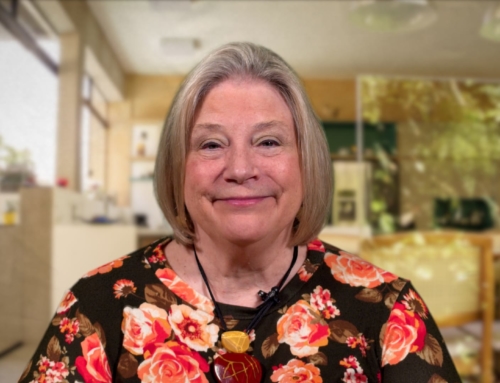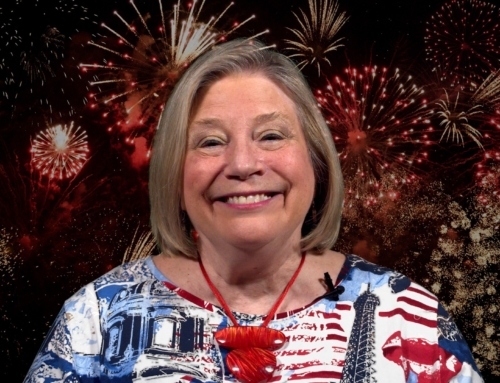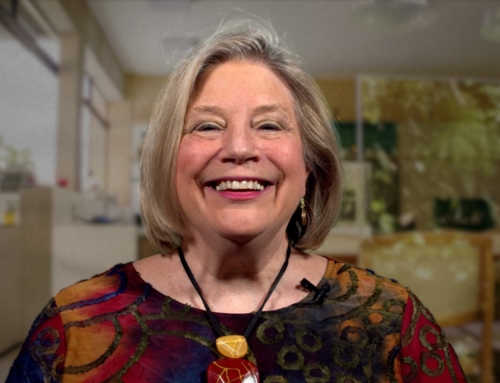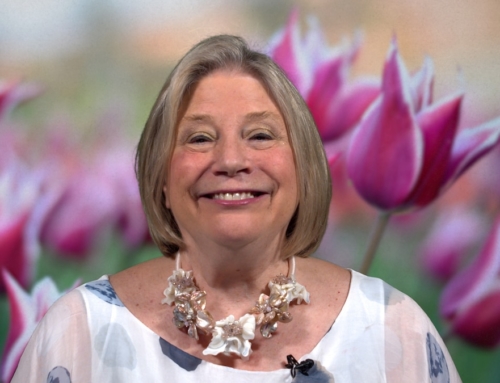Bullying is a form of aggression, and it sometimes appears in Disorganized Attachment. How can you help your clients handle their own aggression (and aggression in others) in a compassionate, healthy way?
In this video, we’ll examine:
- Viewing aggression through the lens of attachment
- Symptoms of bullying in relationships
- How a child’s brain learns to adapt
- Helping your clients heal their “power wounds”
- Helping children identify their allies
I have developed a series of four workshops on Attachment & Trauma Resolution to give you the tools and practice skills to confidently work with your clients. I hope you can join me or one of our key faculty in one of our upcoming DARe workshops. For those not familar with the curriculum, click here.
Once you have completed DARe1, you can take any DARe program. If you are interested in DARe 2, you can purchase the DARe 1 DVD and watch it on your own time. Participants in the Attachment Mastery Program are qualified to take any DARe program and may enroll in DARe 1 at 50% off.
Here’s what others are saying about DARe:
“The exercises were great. The specific ways of working with the different types of attachment was revealing and transformative. What wonderful work Diane is bringing to the world!” —A. Morris
“Diane’s work has enabled us to work in Attachment with skill, kindness, and understanding. When clients experience it, they often say, “This is the work I have been waiting for.” Diane has given us a beautiful way to heal the deep, early patterns of our clients and ourselves.” —Christina Marrow, Cranial Sacral Bodyworker, SEP
“One of the most potent and valuable trainings I have ever experienced. I received excellent support for my own process which is now a reference experience I can take into my work with clients.” —Melody Linden
I know you’ll find these topics extremely helpful in your everyday practice. And I hope to see you in person soon!
Warmly,
Diane
12 Comments
Comments are closed.







Thank You for your wonderful videos Diane-very informative,great tidbits for problem solving.Especially like focusing on the “bully”in a way that is inclusive.Too often,bullies are shamed for their behavior,further entrenching the problem and is also very scary for the other children to watch,as they can’t learn much from the adult shaming,instead learning fear and divisiveness.
Looking forward to the next video! (maybe on managing money in relationships? 🙂 )
Hi Diane,
Great topic. I do workplace violence presentations, and bullying is often a topic to discuss and how to get along and support each other in a respectful way when there is so much diversity.
We have started to develop policy on codes of conduct and behaviour so there is learning of what’s acceptable and not so there can be support for corrective action when needed. We also encourage people to try and resolve their differences and if not there is a guide to who to connect to for support without reprisal.
Love to hear more on this.
Thanks so much for these nuggets!
Dear Diane,
Thank you for this presentation and reminder to re-visit my perception on Bullying. Here in Vancouver, CA the focus in Education and Psychotherapy is so much more on the Cognitive Behaviour Treatment of Bullying, which sometimes seems to increase the Shame for both Bully and Victim, Children and Parents.
Again the Brain/ Fight /Flight /Freeze response and SE and Attachment rupture interventions makes so much more sense and takes the therapy to a much more deeper,compassionate and empowering level, before the educational part comes into play.
Thank you again for your amazing work and the simplicity and clarity that you share it with us!!! I can’t believe that with every presentation you have on every topic, there is a new piece of the puzzle of our work coming to light for me!!! I am so appreciative!! Blessings on your work!!
Hi Diane! I live in Roanoke, VA and today, the city buried the young man killed on live TV last Wednesday during the morning show he was filming for WDBJ7. I need to get someone who can work with the Executive Director of the United Way to speak and educate people about the somatic aspects of healing. Please contact me asap. Thanks!
I can’t get the bullying video to work at all. I would love to see it.
Karen
Diane,
I would really love to tell you more about Parenting by Connection. We implement so many similar ideas as yours into parenting in a structured way, including active processing of frozen hurt feelings. Let me know if your schedule ever gets freed up.
Great video Diane!
Many gems here, but I’ll comment on just one. I love that you acknowledge the importance of creating an environment where it doesn’t have to be a secret. The work I do with shame often leads to conversations about ideals held within various groups. Oftentimes ideals are in need of review and upgrading. For example a school group might have the unspoken ideal that kids remain silent about certain things. A review might result in articulating a new ideal – perhaps one that better serves students, and reflects our upgraded knowledge on subjects such as attachment.
Yes Kristina, You know the saying that the more secrets; the more potential for shame. Secrecy is often a big part of the breeding ground for shame and if kids know they have safe and competent allies that helps A LOT!
Breaking silence is often a taboo in a kid culture(for adults too) against being a “tattle tale”; “snitch”;”informant”; etc. – and that can really block healing for many wounds – how to help kids come out with their troubles in a safe way – without retribution or being ostracized for it is the challenge. I love this discussion and your perspective!
I love Brene Brown’s idea of building “Shame Resilience” and recommend to everyone here all of her You tubes and books on SHAME as well as you “Little Book on Shame” Kristina.
Caryn Scotto d’ Luzia in Berkeley area works with shame very effectively too and I really appreciate her support for the DARe and SE work and integrating relief from Shame as well. She also focuses on Attachment.
My neighbor, Jan, in Littleton, CO when I lived there 15 years ago was in charge of a curriculum of values taught in her school there and I love that idea as they deeply explored with the kids what the values were and how they could live them in the school and in life. Like Benjamin Franklin they practiced really emphasizing one value a month – Love, Compassion, Integrity, Honesty, Loyalty, Kindness could be examples.
My upbringing had its challenges but I am really grateful that my family and community was a values driven one – I hope we can all do as well with the children we have in our circle of influence.
I would love to hear more about how to use nonviolent communication with children and adolescents. Especially with children with avoidant attachment and do not communicate easily.
Dear Liz, Yes a very worthy subject. And I love the idea to bring this training into schools with teachers, students and parents all involved as it can create a much safer environment.
I was amazed listening to my friend’s 10 yr old who had the Marshall Rosenburg program at all levels in her school. She could have put many ambassadors to shame. the kids usually worked through the conflicts so well and stopped bullying so effectively the adults did not need to intervene very often.
Education of this sort helps us all the way through life and well worth being interwoven into curriculum. Check out Marshall Rosenburg’s work and Elena’s suggestion – Selwa Said as well and let me know what you think! My friend Amar Huang works with this topic deeply in Taiwan as well and he and I discussed this topic when filming the video blog so I want to thank him as well.
We have to help Avoidant Adapted kids learn it is safe and fun to approach and to participate in joint attention activities with others instead of always shifting toward isolation and withdrawal. Invite them in and help them learn to ask for their needs to be met by others at times as well as how to share with greater ease.
Warmly, Diane
This is really about what has happened to the BIRTH process! It’s been in various ways, assembly-lined, impeded, interrupted, by force and respects neither mother nor baby. Whadaya get…SAME.
Selwa Said did a much clearer, cogent, useful, accurate presentation on how to successfully connect with the difficult *other*… compared with Marshall Rosenburg’s Non-Violent Communication (which contains the word Violent. Her classes were called *Peaceful Communication*…a Neuro-linguistic correction from the aggressive title.
Dear Elena,
I really like that – Peaceful communication – much better description. Thank you for your insightful feedback and I will be happy to look into Selwa Said as well.
I know Marshall Rosenburg has been a pioneer as well and helped us in the right direction. It is good to honor all the contributors.
If we get just one gem from any, it is a big help to us all as we can spread communication vs violence and Power Over vs Over-powered dynamics toward true empowerment for all.
Warmly Diane